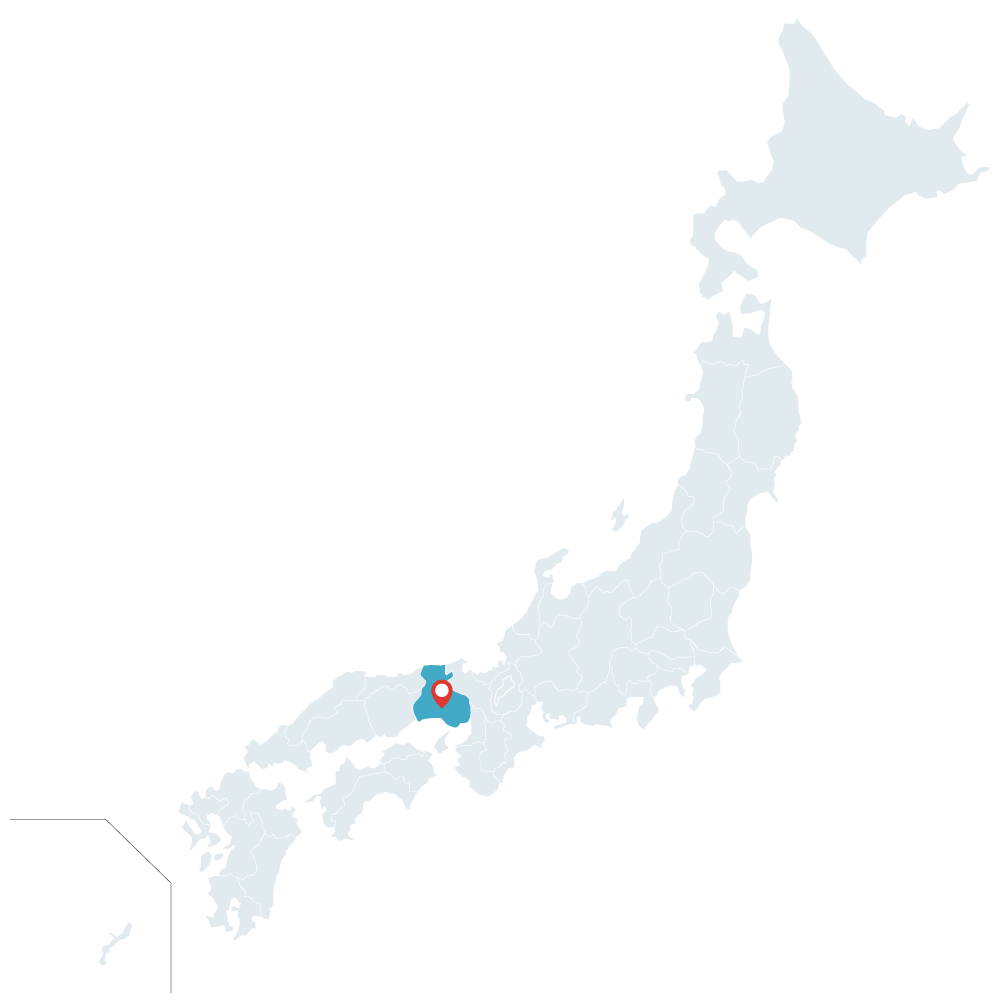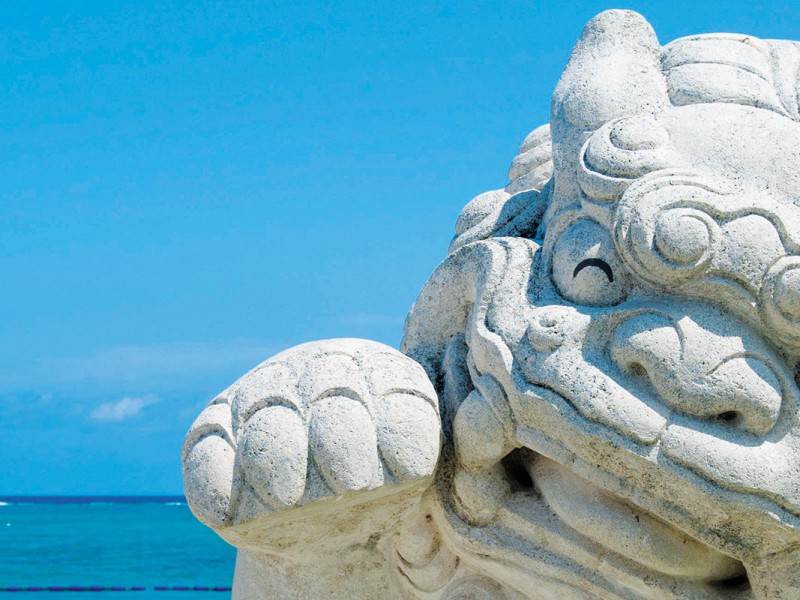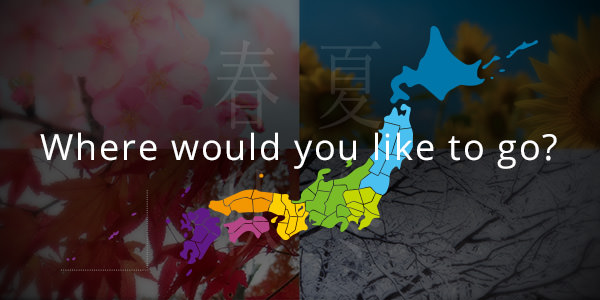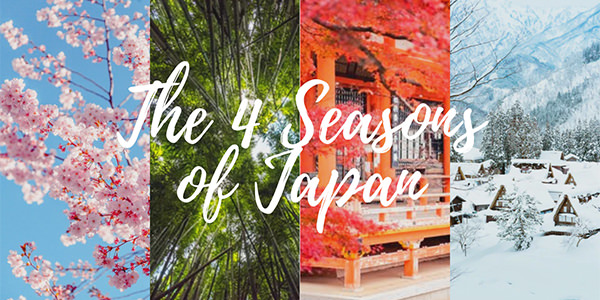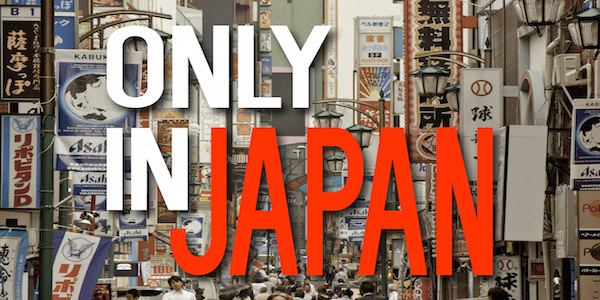In the Takarazuka Revue, all the women are beautiful – and so are the men.
The motto of the Takarazuka Revue is “kiyoku, tadashiku, utsukushiku” – a reminder to live with purity, integrity, and beauty. These are three qualities that the founder of this all-female musical theatre troupe, Ichizo Kobayashi, felt were important for the young women who performed in the revue to embody.
 © Wikipedia
© Wikipedia
The origins of the Takarazuka Revue lie with Kobayashi’s attempts to increase patronage of the Hankyu Railway, of which he was founder. Takarazuka, the city where the revue was established, is the last stop on the line. It wasn’t his first attempt to drum up business for the railway, and when the Takarazuka Revue was founded in 1913, it at first operated out of the converted shell of a previous attempt – a failed indoor swimming pool which was modified to facilitate the show. As it gained popularity, it was eventually moved to its very own establishment, the Takarazuka Grand Theatre, where it is still based today.
With the Takarazuka Revue, Ichizo aimed to establish a theatrical feature which was modern, enjoyable, and, similar to the original traditions of Kabuki, presented entirely by female actors. It’s likely he expected the revue to become popular with men – he was pretty concerned with his performers’ ability to retire and become good wives once they completed their time with the revue. But the revue rapidly gained popularity with women, instead.
 © Wikipedia
© Wikipedia
The Takarazuka Revue specialises in flashy and fabulous musical tales of romance. Inspiration for the musical performances staged by the revue is drawn from all over the world, and over the years the revue has had a huge impact on Japanese culture – and been influenced in turn. This mutual influence is most apparent in the story ‘The Rose of Versailles’. This tale about a girl raised as a boy to succeed her father as a leader and warrior is an example of the now-popular ‘shōjo’ (‘girls’) genre of manga comics – a genre hugely influenced by Osamu Tezuka, of Astro Boy fame, who was himself inspired by the actresses of the Takarazuka Revue. The revue adapted ‘The Rose of Versailles’ for the stage in the early ’70s, and it is now one of their most iconic musicals. Its success as a musical is also the origin of the ‘top star’ system still used by the revue today.
Performing roles within the revue are split up into two main types – otoko-yaku (the actors who play men) and musume-yaku (those who play women). While it’s not unheard of for the actors to switch roles throughout their career, specialisation is the norm. Additionally, the revue itself is split up into five troupes – Flower and Moon were the first of the troupes to be created, followed by Snow, Star, and relatively recently, Cosmos. On top of these five troupes, there is also a group called Senka. It is made up of the senior actors who choose to continue with the revue once they complete their time as a member of one of the five main troupes, and these actors can appear in performances held by any of the other five troupes.
 © Wikipedia
© Wikipedia
Each troupe boasts a leading actor in each of the two main role types, who will play the romantic protagonists of the story being performed. Out of these two, the leading ‘man’ holds the title of ‘top star’.
While the musume-yaku are all sublimely beautiful, graceful, and talented, the leading otoko-yaku represents the main draw of a Takarazuka Revue peformance. In playing a male romantic lead, the actor draws on all the elements of male sexuality that make women swoon – portraying an ideal man who is not only gorgeous to look at, but also elegant, sensual, and capable of acting with both tenderness and passion.
 © Wikipedia
© Wikipedia
However, while to fans the appeal of the otoko-yaku stars may be erotic in nature, the Takarazuka Revue’s performances are always purely romantic. A kiss scene may titillate audiences, but even today, such a scene will only ever be simulated – and, in keeping with the ideal of ‘purity’ in their motto, nothing more risque will even be hinted at.
These days, the Takarazuka Revue has theatres in two locations – two in the revue’s hometown of Takarazuka (the original location was expanded to provide an additional theatre), and a third theatre in Tokyo. Flower, Moon, Snow, Star and Cosmos troupes each perform a different show every year (which could be a completely new story or an old favourite), and divide their time between the official Takarazuka Revue theatres, as well as occasionally performing elsewhere.
 © Wikipedia
© Wikipedia
While the stories presented by the revue are always romantic, beyond that their actual content is varied – European dramas, Chinese epics, even musicals based on video games or historical events. But no matter what kind of story the main act involves, no show is complete without a flamboyant, Vegas-style ‘encore’ of sorts – a song-and dance performance at the end featuring all the feathers and sequins that couldn’t quite be justified within the storyline of the main act.
The Takarazuka Revue has an English website, so it’s fairly easy to buy tickets from overseas, but aside from the occasional overseas tour (the revue will be performing ‘Chicago’ in the States later this year) they are not in the habit of offering language accessibility for their actual performances. But even if you don’t understand Japanese, if you read up on the plot beforehand, you shouldn’t have too much trouble following what’s going on – and between the music, the dancing, and the glamour, it’s still more than possible to have a great time, and enjoy a very unique experience that you’ll never forget.




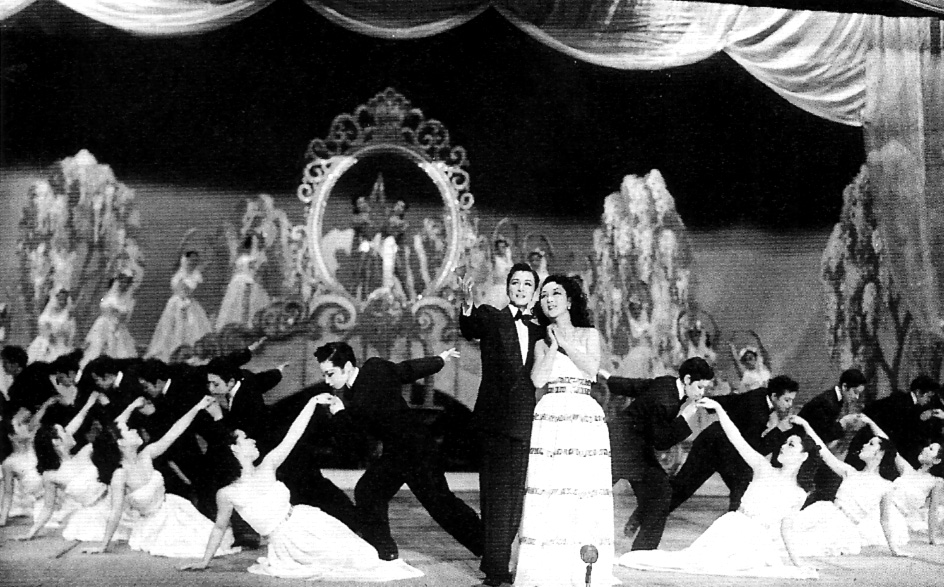

 | Temperature: 14
| Temperature: 14